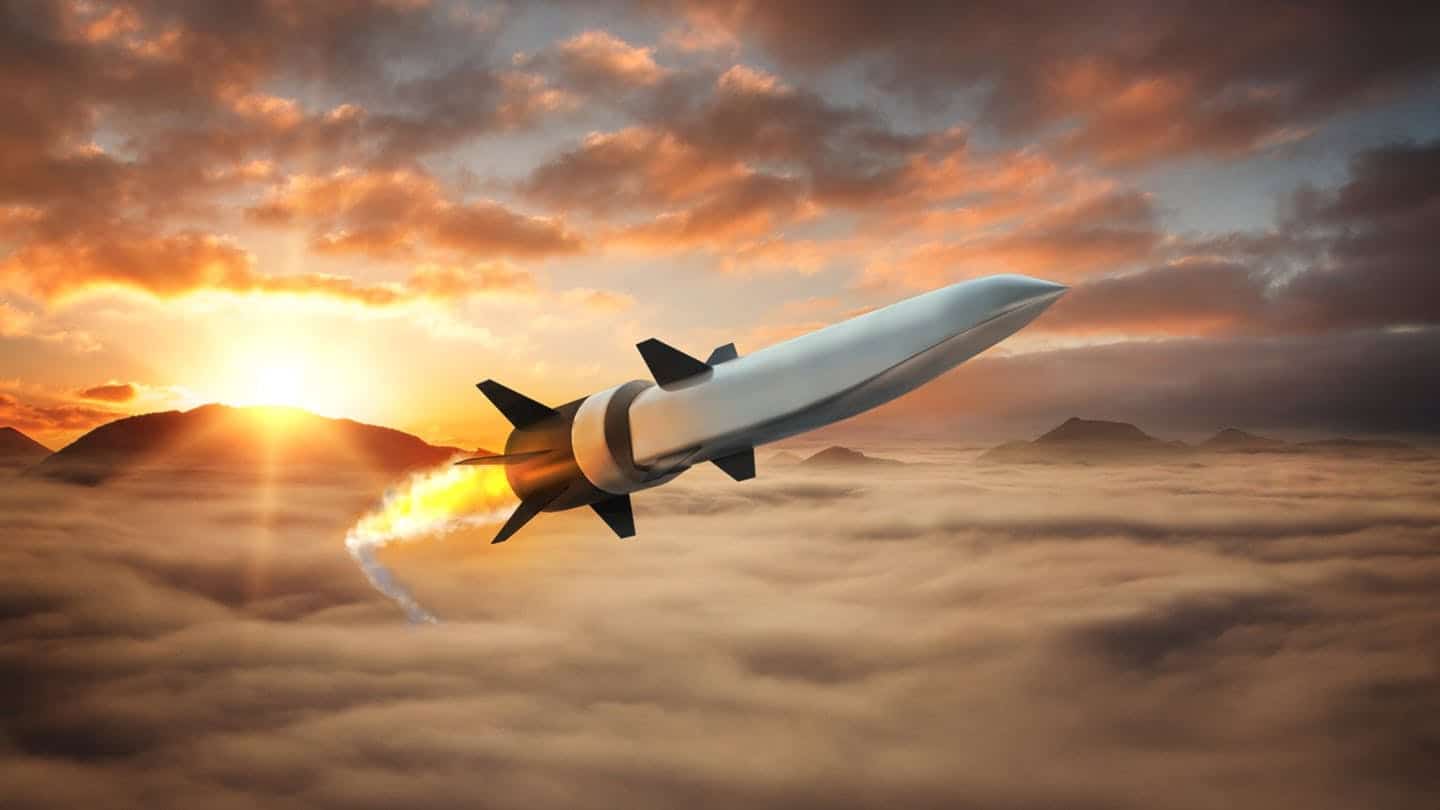
Construction of the Bush Combat Development Complex is set to begin this fall after The Texas A and M University System Regents cast three votes to help transform how the U.S. Army prepares for future combat.
Regents voted to amend the system’s capital budget, adding $79.3 million to build the nation’s biggest enclosed-tube hypersonic testing facility as well as testing grounds for both air and land combat vehicles at the RELLIS campus.
The facilities are key to accomplishing the Austin-based US Army Futures Command’s modernization mission by allowing soldiers from Fort Hood and the A and M Corps of Cadets to test high-tech prototypes as they are being developed.
“This is a historic vote,” said John Sharp, chancellor of The Texas A and M University System. “Today’s vote will not only transform Texas A and M and the RELLIS campus, it will transform Central Texas and the U.S. Army.”
The $200 million Bush Combat Development Center will support the U.S. Army’s desire to quicken its procurement process dramatically, accelerating it to something closer to tech advances in the private sector.
The Texas A and M Engineering Experiment Station, headquartered at the RELLIS campus, has already signed a $65 million cooperative research agreement with the Combat Capabilities Development Command (CCDC)-Army Research Laboratory (ARL).
In addition, the 86th Texas State Legislature appropriated $50 million to Governor Greg Abbott to transfer to Texas A and M Engineering Experimental Station (TEES) for Army Futures Command efforts.
“Texas A and M and the RELLIS campus will become a nexus for collaboration and high-tech testing in service to our nation’s security,” said Elaine Mendoza, chairman of the A and M System board.
“Today’s vote will bring hundreds of millions worth of private investment to Central Texas as these facilities come to life. Simply put, this is where American defense contractors will want to set up shop if they want to work with the U.S. Army Futures Command.”
The complex will feature the nation’s only kilometer-long hypersonic facility to help determine the best design and materials for the fastest vehicles ever built. It will also have laboratories, runways, underground and open-air ranges and a resilient network of sensors and systems for experimentation, data collection, analysis and storage.
The Texas A and M System is perfectly positioned to accelerate Army modernization.
“Our culture of service grows out a rich military tradition,” said M. Katherine Banks, Vice Chancellor of Engineering and National Laboratories at Texas A and M. “Through the A and M Corps of Cadets, our university produces more U.S. officers than any university besides the nation’s service-branch academies.”
from Defense News by DefenceTalk.com https://ift.tt/3dRXiqN
via Defense News
No comments: